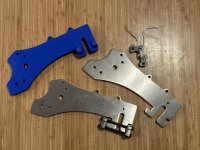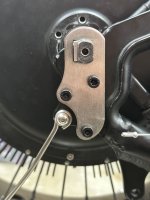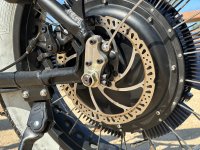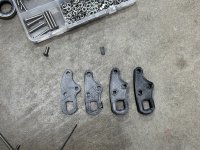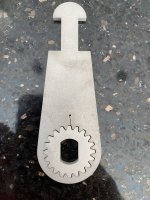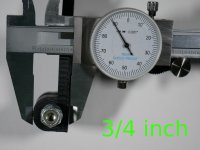chuyskywalker
10 kW
Comrade said:That's a much simpler design for sure. I'd beef up the "hooks" a little, maybe 50%.
Given the change to 3/8" material, though, I've no real way to determine if it'd truly make a difference. But it's no big deal to beef it out either (aside from needing a longer bolt), so sure.
Comrade said:And remove superfluous metal from the perpendicular bolt plates. All that overhang that's not under the bolt heads isn't really doing anything.
Incorrect -- it's doing the very important job of being prettier :lol: I also like that it causes the plate to be self centering, so even if I were to reduce it I'd want to keep some of lip edge. A part of it is also the place I want to get it made has some minimum size requirements that this piece gets very close to, so a little extra material size ensures smooth production.


